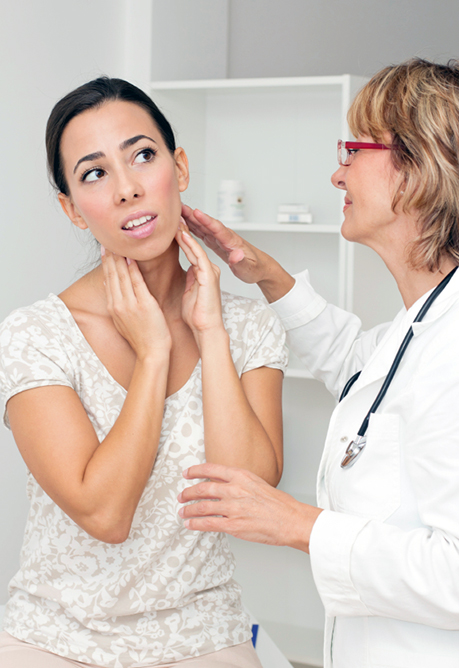
/ iStock
YOU HAVE a small kitchen disaster with a sharp knife and you might need stitches. Or you fall on your ankle and may have broken a bone. But it’s Friday night—of course —long after doctors have turned out the lights for a long weekend ahead.
You should not wait. Broken bones shouldn’t wait to be set. And wounds requiring “closure” must be medically closed—stitched, stapled, etc.—within 6-8 hours to avoid infection, though some can wait longer. When too much time has elapsed for closure, a deep wound can only be dressed with bandages, will take much longer to heal and must be treated with extreme care. A cut on the bottom of the foot can mean more than a week of no weight on that foot at all.
Walk-in clinics—known as “urgent care” or “retail clinics”—in contrast to Emergency Rooms, usually have the advantage of much less wait time, on average 30 minutes compared to two and a half hours for the ER. Urgent care clinics are usually run and staffed by hospitals or doctors, while retail usually refers to clinics located inside a big box store or pharmacy. But how to choose?
As with any medical recommendation, friends are usually the best source of advice, although late Friday night might not be the best time to do a survey.
Deciding among many local walk-in options depends on several variables, number one being hours—i.e, is it open at the moment you need it? Next comes the level of medical practitioners on staff: urgent-care clinics usually have physicians, who can perform a higher level of care than nurse practitioners, who often staff retail clinics.
The counterpart of that variable is the selection of medical procedures that can be performed. Minute Clinics in CVS pharmacies are generally staffed nurse practitioners who can write prescriptions, but the absence of a doctor means no stitches or x-rays.
Then there’s the question of cost, along with how much your insurance will cover the bill. It can help to ascertain whether the clinic is officially an urgent care facility or an emergency room. Basic care at urgent care clinics costs on average $70-$125 compared to ER visits at around $1,500, with added costs for x-rays, labs and sometimes for specific treatments. But sometimes going to an ER can result in less money out of pocket— especially if an ER visit is required in the end anyway.
(Yelp star ratings can be useful but they rarely include these variables, and can be confusing: for example, in DC there are two MedStar clinics next door to each other providing different levels of care.)
A favorite local clinic for DC and MD residents is MedOne on Old Georgetown Road because people like the doctor; open 9am to 9pm seven days/week. Patient First on 16th Street in Silver Spring is also recommended, open 8am to 10pm every day including Sundays and holidays.
Prompt Care in Friendship Heights is considered “trustworthy” because it belongs to MedStar, open 8am to 8pm seven days a week. Also popular is Bethesda Immediate Care on Wisconsin Ave (formerly on Montgomery Avenue) where a team of doctors can do everything from physical exams to urgent care, but hours are limited to 9am until 7pm on weekdays and until 5pm on weekends. In addition, some hospitals have “fast-track emergency room” systems for patients with problems less serious than a true emergency.
For a true emergency, call 911: if an ambulance takes you to the ER, you are evaluated and often started on treatment before reaching the hospital, usually much more quickly than if you arrive on your own.
Once in the ER, a triage/intake nurse will place you in line according to your needs; from the end of the line, the wait in DMV-area hospitals can go on and on, hour after hour, depending on when you arrive. Friday nights are reputedly the worst.
A final option is Doctors to You, a service offering doctors who make house calls 6am to 12pm. Founder Ernest Brown drives around the DC area in blue scrubs on a red E-bike (electric bike). The organization “does not participate with insurance plans,” although some insurers reimburse a percentage of the cost; the site suggests calling your insurer to check.
—Mary Carpenter
Well-Being Editor Mary Carpenter understands the value of being prepared. Look for more of her posts here.

